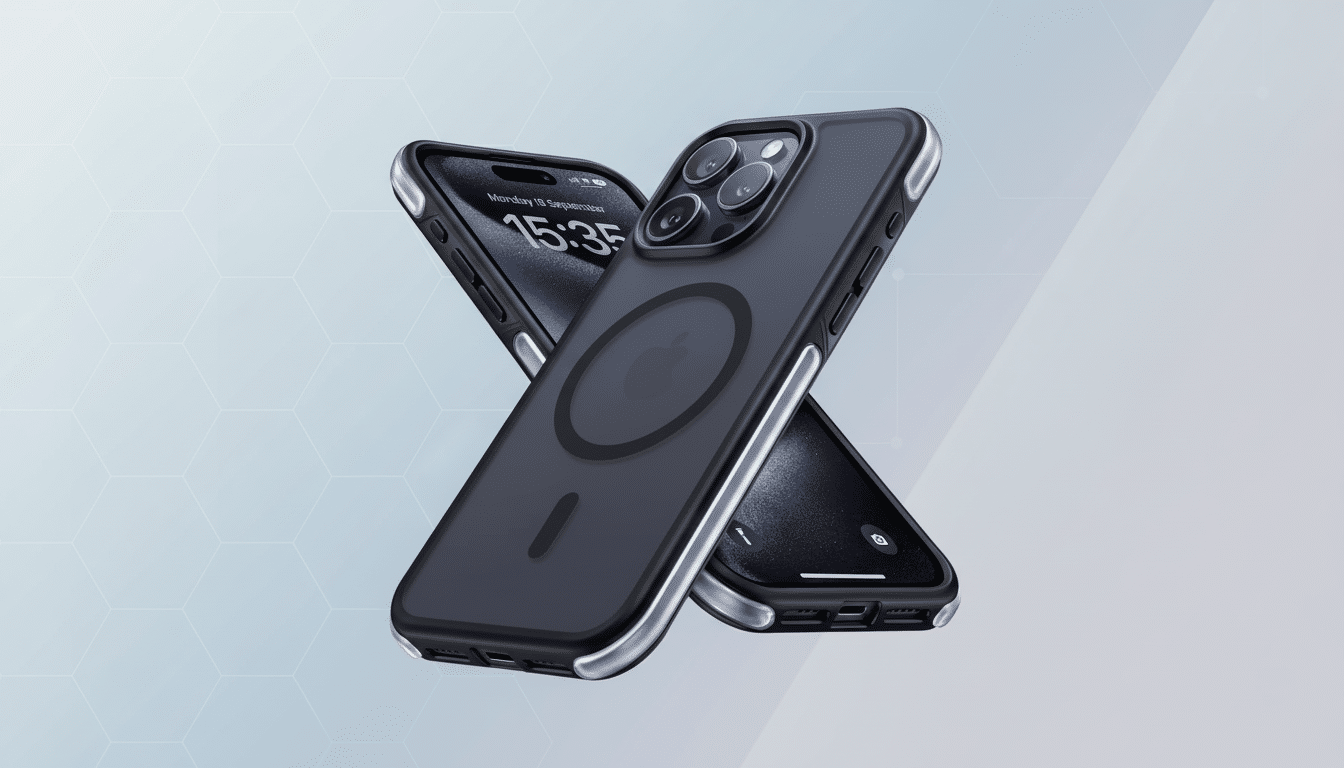Apple’s upcoming Pro iPhone is expected to include a variable aperture for its main camera, resurrecting a feature beloved by some who shot photos with Samsung’s Galaxy S9 and certain point-and-shoot cameras in the past while bringing it into the computational era we now live in. If the move comes to fruition as reported by ETNews, it would represent a first on any iPhone and more than a dose of change in how the camera balances light, depth, and detail.
Why a Variable Aperture in Phone Cameras Matters
A variable aperture adjusts the size of the lens opening, allowing more light to be collected when it’s dark and less light when it’s bright. Open wide and you can shoot at faster shutter speeds with lower ISO, reducing noise and motion blur. Stop down and you get more depth of field and sharper edge-to-edge, especially on those high‑resolution sensors where diffraction and lens aberrations become even more visible.

That flexibility helps beyond stills. On video, a smaller aperture helps tame exposure in harsh daylight and can also help reduce flicker under pesky LED lighting. It also relieves the load on multi‑frame pipelines by providing the sensor with a more even starting point for what Apple’s processing — think Smart HDR, Deep Fusion, and the Photonic Engine — will do when it merges frames.
A Familiar Camera Idea Revived for Modern Phones
Samsung took the idea mainstream on the Galaxy S9 with an iris that switched between a bright aperture and a stopped‑down one. Subsequently, the company pared down the feature to make modules thinner and less expensive. The idea, however, didn’t fade. Huawei and its Honor sub‑brand, as well as Chinese rival Xiaomi, brought it back in a different kind of pimped‑up fashion with multi-blade mechanisms with lots of stepping — or even stepless! — between the wide end and small hole.
Real‑world gains have been documented. DXOMARK attributed this to flexible apertures found in models such as the Huawei Mate 50 Pro, delivering superior control over portrait blur and more reliable performance under challenging lighting. Xiaomi’s 14 Ultra goes one better with a stepless iris, giving the camera more flexibility to land exactly on the best f‑number rather than toggling between two presets.
How Apple May Implement a Variable Aperture System
ETNews says that the latest iPhones, the 18 Pro and Pro Max, will use a new variable aperture system in their main cameras. According to ETNews, LG Innotek will manufacture the module along with Foxconn, whose parts supplier partners are Luxshare ICT for actuators and Sunny Optical. That supply chain mix is logical: A physical iris requires both a very precise and durable actuation mechanism, tight calibration, and a reliable seal to keep Apple’s trusted hardware quality in check.
The open question is granularity. It is simpler and thinner to have a two-step system (wide, narrow), but a proper iris with blades allows exact control — which would be better suited for Apple’s per-frame metering and scene segmentation. Think of the camera choosing a little narrower f‑number in bright scenes to sharpen corners on a 48MP sensor, then opening slightly in twilight to maintain shadow detail but still keep shutter speeds hand‑friendly.

There’s synergy with Apple’s current method for 24MP defaults from a 48MP sensor, too. Stopping the lens down in daylight can be a way to get better micro‑contrast and less lens softness, which is useful for those close, high-detail merges. In low light, a more open aperture can reduce the ISO without noise reduction and keep the natural texture (which phone cameras often fail to do).
What a Variable Aperture Could Mean for Shooters
Portraits would have a more natural look, with optical background blur of the sort that doesn’t produce edge halos or cut hair into unrealistic slices characteristic of software‑only bokeh. Street shooters enjoy cleaner low‑light frames at faster shutter speeds, reducing subject blur. For macro and close‑ups, stopping down increases depth of field so more of the subject is crisp without focus stacking.
Video benefits are equally tangible. Like a physical exposure brake for bright scenes, less blown highlights and smoother transitions from shadow to sun mean you can spend more time chasing the perfect lighting. That, in turn, can also ensure uniform motion blur on a scene — a subtle visual hint that helps give footage that cinematic feel. Combine that with Apple’s stabilization and HDR pipeline and this could be a bigger leap forward than just a megapixel spike.
The Trade‑Offs and Potential Market Impact Ahead
Moving parts add complexity. Teardown experts and previous industry analyses have associated variable apertures with thicker modules and increased bill‑of‑materials costs — if not for the same reasons why some brands walked away from it in the past. Apple will have to trade optical gains against size, durability, and thermal budget pressures anyway — so the system will probably remain limited to pro models.
But the upside is difficult to overlook. Camera performance regularly ranks among the top purchase considerations for premium phones, according to consumer research firms such as Counterpoint. If Apple ships a well‑tuned variable aperture system — and bakes it deep into its computational stack — it could goad rivals to finesse their own renditions, as we’ve seen following the mainstreaming of multi‑frame night modes.
Put simply, a variable aperture on the iPhone 18 Pro wouldn’t be mimicking a headline feature from the Galaxy S9; it would be updating it. With sufficiently granular control, smart software, and a mature imaging pipeline, Apple has all of the necessary tools to transform a clever mechanical trick into an everyday photographer’s advantage.

